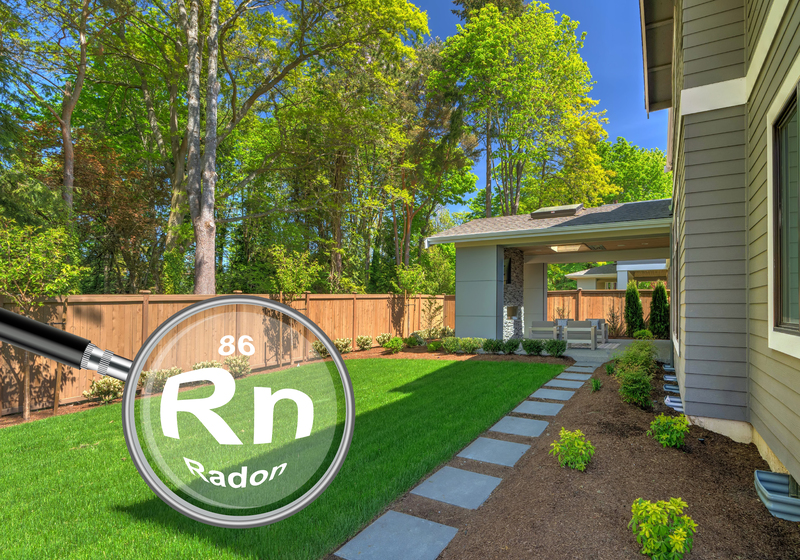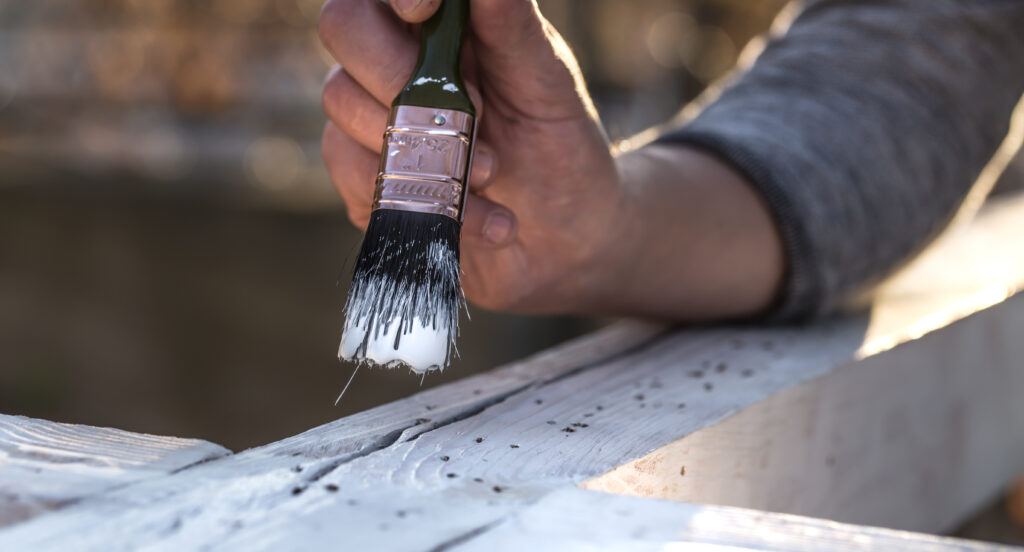If you aren’t familiar with radon yet, now is the time to learn about this potentially deadly natural gas. Outside of smoking, radon is the number one cause for lung cancer in the US and Canada. One thing that separates radon from other lethal gases, however, is its uniquely subtle nature. radon is an odorless and colorless gas, created through a natural process of uranium deterioration in the soil.
Everyone is affected by radon gas, but outside and in the open air, radon has room to freely dilute down to non-hazardous levels. Too frequently though, homes can restrict the space that radon needs to dilute into these safe levels. For Canada, the World Health Organization warns that homes with over 200 Bq/m3 of radon are unsafe and require immediate radon remediation. In the US, this guideline is even lower, at 4 pCi/L (or ~150 Bq/m3). (Check out the WHO’s recent coverage of the topic here.)
While not all homes experience the same average volume of radon dilution, the US’s Environmental Protection Agency has published a zone map so that homebuyers can be aware of the overall trends in their area. Only a certified professional can be relied upon for an active radon test, ultimately. However, there are a few features in homes that naturally fend off high radon levels in the household.
1. Start With An Air Flow Layer
Start With An Air Flow Layer The main way that radon builds up in homes is through dilution from soil beneath a home’s foundation. As the radon escapes into the air, gas that finds itself trapped indoors has more trouble breaking down. This concentration can get even worse in Winter months when homes are closed up even more than usual.
For homebuyers or people looking to build, starting with a gas permeable layer is a great way to reduce radon levels in the future. Also known as an “air flow layer,” gas permeable layers usually consist of a level of gravel which allows gases from the soil like radon to move freely and break down just beneath the structure’s slab foundation.
2. Add Plastic Sheeting
After the air flow layer, architects can add plastic sheeting as an additional layer. This layer ensures that the free flowing soil gases have more trouble entering into the home. The EPA recommends a layer consisting of polyethylene for structural stability and for the best containment potential.
For homebuyers that are in the market, keep in mind that homes constructed with these safeguard layers should see lower radon levels and are much cheaper to incorporate during initial construction rather than after the fact. Especially in regions with higher potential for radon concentration, ask about these layers when purchasing your new home.
3. Incorporate A Venting Pipe
If coordinated in advance, new constructions can incorporate a venting pipe that runs directly from the gravel layer through to the roof, allowing for a safe route for soil gas to escape and dissipate outside of the home.
Three- to four-inch, gas-tight PVC pipe is commonly used in this system and easily incorporated into a new home’s blueprint. Again, while venting pipes can be installed in older homes, houses with a venting pipe already installed during construction should be a positive amenity to consider when shopping for a new home.
4. Seal and Caulk Any Cracks
With a venting pipe installed and the new protective layers containing the radon gas in place, builders seal and caulk any foundational cracks that could be an easy entrance into the home. Foundation cracks come in all shapes and sizes. Especially in regions that are susceptible to dangerous radon levels, homeowners should regularly check in on the condition of their foundation.
5. Install An Electrical Junction Box
Finally, a great feature for a radon-resistant house is an electrical junction box placed within the attic. This setup will give the option for homeowners to incorporate vent fans or other more intensive options should radon levels climb in the future. Some automation can even get incorporated into this type of system where vents are activated after passive systems detect increased readings.
Be sure to test your home regularly for radon, whether you’re in a “safer” zone, or in a hazardous area. Homes with dangerous levels of radon have been discovered in every type of region throughout the US and Canada. Considering the potential impact on your or your family’s health, do not skip radon testing on your regular home maintenance checklist!
Schedule your next radon test with a trained expert from National Property Inspections. And for all of your property inspection needs, stick with NPI!



